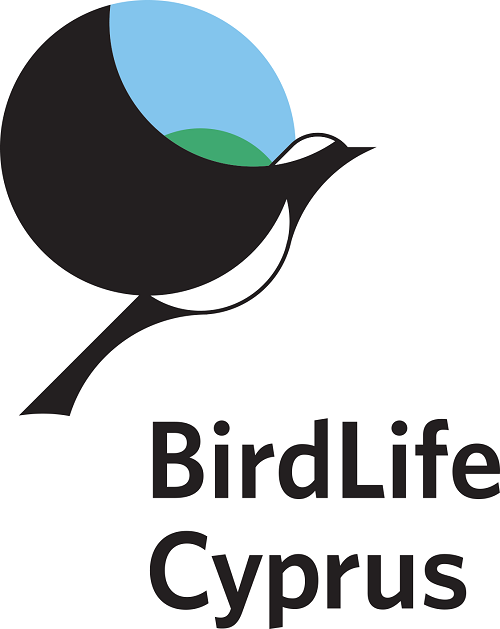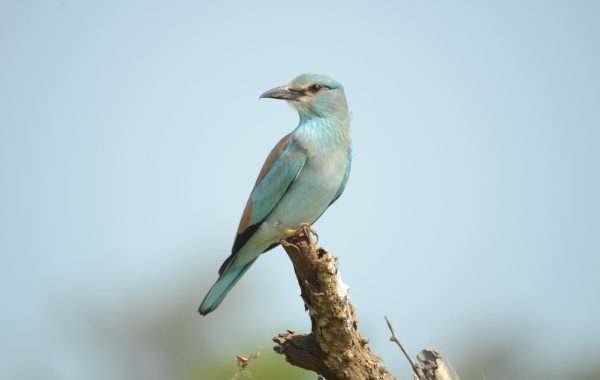The 2018 State of the World’s Birds report, which provides a comprehensive look at the health of bird populations globally, has found that the extinction crisis has spread so far that even some well-known species are now in danger.
A number of well-known bird species are now at risk of extinction.
This is the chief conclusion of State of the World’s Birds 2018, a new report from BirdLife International which looks at the health of bird populations worldwide. Instantly recognisable and beloved bird species including Snowy Owl Bubo scandiacus, Atlantic Puffin Fratercula arctica, and European Turtle-dove Streptopelia turtur are all now globally threatened with extinction.
The report, which was five years in the making, is BirdLife International’s flagship science publication. The major global assessment uses the health of bird populations to “take the pulse of the planet”. Unfortunately, the global picture painted in the report is a dire one for many birds around the world. Overall, it shows that 40 percent of the world’s 11,000 bird species are in decline, and one in eight bird species is threatened with global extinction.
These statistics aren’t just bad news for birds, they are also warnings for the planet as a whole. The health of bird species is a good measure of the state of ecosystems in general. Because birds are so widespread, being found in nearly every type of ecosystem, and one of the most studied groups of animals, they are excellent indicators of the state of the environment.
“The data are unequivocal. We are undergoing a steady and continuing deterioration in the status of the world’s birds,” said Tris Allinson, BirdLife’s Senior Global Science Officer, and Editor-In-Chief of the report. “The threats driving the avian extinction crisis are many and varied, but invariably of humanity’s making.”
One of the greatest of those threats, according to the report, is agriculture. The expansion of agriculture, as well as its intensification, impacts 1,091 (74 percent) of globally threatened birds. One example of how agriculture is negatively impacting birds can be found in the neurotoxic insecticides known as neonicotinoids or ‘neonics’. A recent study from the USA found that migrating White-crowned Sparrows Zonotrichia leucophrys exposed to neonicotinoids lost a quarter of their body mass and fat stores. The neurotoxin also impaired the birds’ ability to navigate while migrating.
In addition to these worrying trends, though, the report also contains numerous findings that encourage hope. It finds that at least 25 bird species would have gone extinct in recent decades were it not for conservation interventions. Birds that were once Critically Endangered but have now been downlisted to Endangered include Red-billed Curassow Crax blumenbachii (Brazil), Pink Pigeon Nesoenas mayeri (Mauritius), and Black-faced Spoonbill Platalea minor. “Although the report provides a sobering update on the state of birds and biodiversity, and of the challenges ahead, it also clearly demonstrates that solutions do exist and that significant, lasting success can be achieved” said Patricia Zurita, BirdLife’s CEO.
In order to help ensure this success, the report outlines actions and changes that need to occur for birds and biodiversity to be better conserved. This includes restoration of habitats key to birds, eradicating and controlling invasive species, and targeting the most vulnerable bird species in order to protect them. To read more about how these changes could be enacted as well as how birds are doing globally, read the complete State of the World’s Birds 2018 report here.




